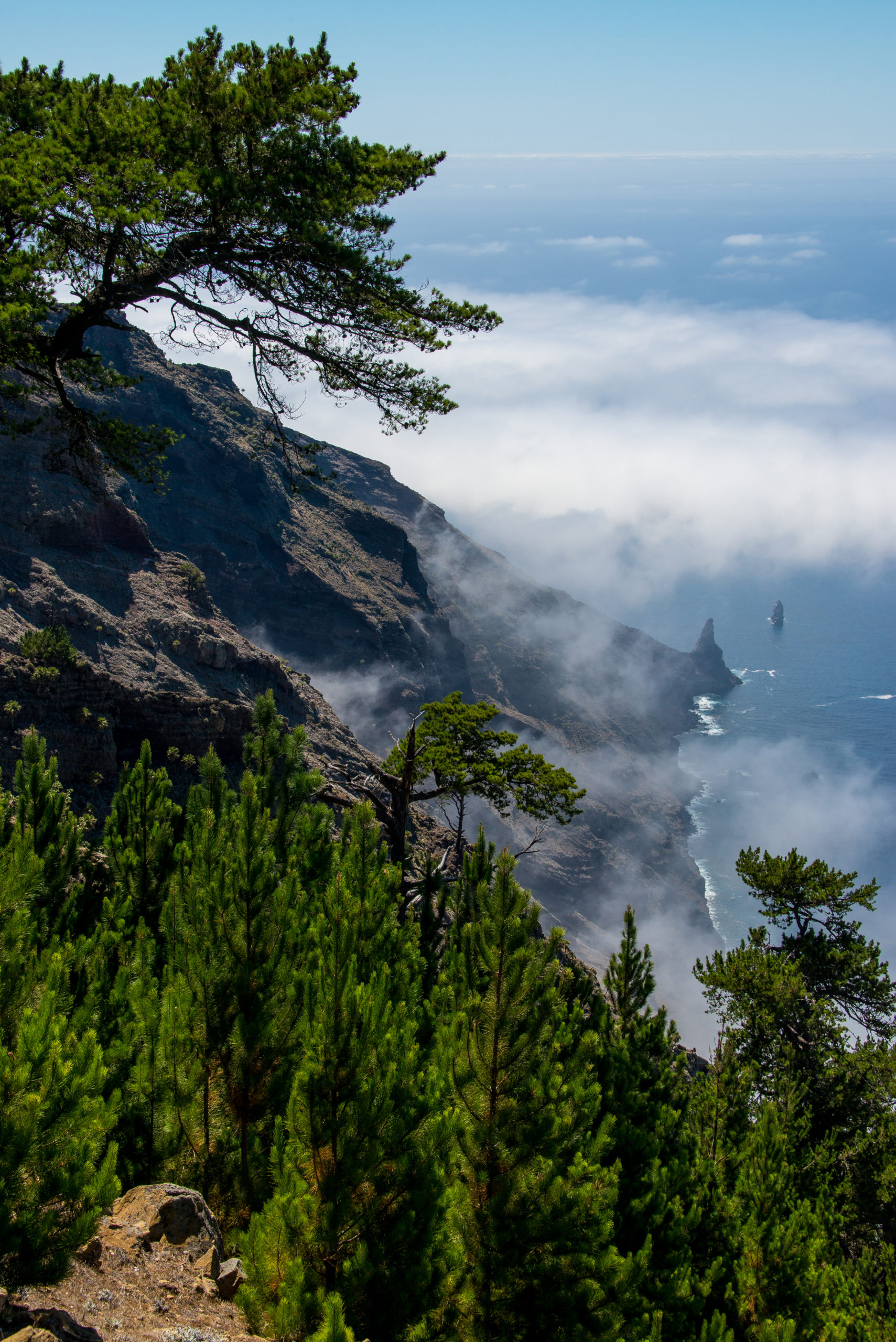
05 Jan Conserving the endemic trees of Guadalupe Island, Mexico – Phase II
Preservation of endemic threatened tree species on Guadalupe Island, Mexico – Phase II
Partner: Grupo de Ecología y Conservación de Islas, A.C. (GECI)
Years: 2023-2026
This is a second phase of Franklinia funding for GECI on Guadalupe Island, Mexico. Building on the progress made by GECI during the first grant, this project aims to increase the area of pine-oak and cypress forest on Guadalupe from 908 to 1’088 hectares, while reducing the risk of fire by removing woody fuels and creating firebreaks.

Guadalupe pine-oak forest
Guadalupe Island is a priority site for biodiversity conservation. It is a Biosphere Reserve, Important Bird Area and Alliance for Zero Extinction site. However, the original vegetation communities had been severely degraded by the introduction of feral goats. At least 26 plant taxa had become extinct or extirpated. The removal of the goats marked the beginning of the island’s recovery. For almost 10 years, GECI documented the recovery of some species after eradication.
Work then focused on active restoration through reforestation. Since 2015, GECI has planted 93’200 trees with a survival rate of over 85%. With a first grant from Fondation Franklinia (project carried out between 2020 and 2023), a further 45’000 trees had been planted in situ. With these results, the original forest cover is on the way to being restored. This new project expects to plant an additional 45’000 trees of three threatened species (Pinus radiata, Cupressus guadalupensis and Quercus tomentella) and measures are taken to reduce the fire risk to the forests (900 m3 of heavy and medium woody fuels to be treated on 30 hectares and 6 km of firebreaks to be functional and protect this unique ecosystem). GECI has also included some restoration activities for Juniperus californica and Brahea edulis, also key species in the forests of Guadalupe Island.




